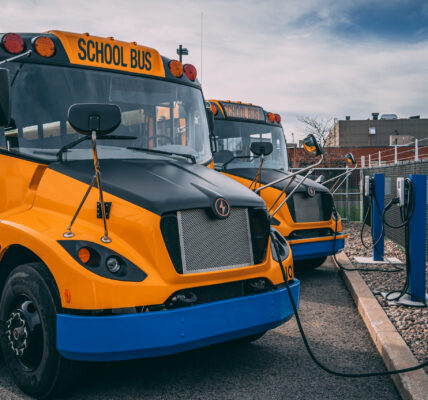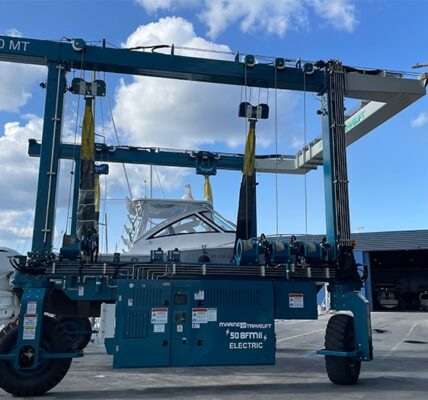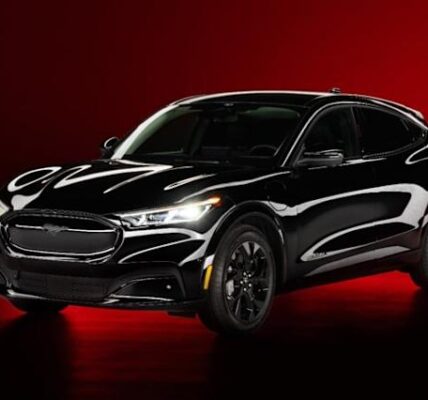File this one under H for How Low Can An EV Battery Go? A spinoff from CalTech called Sienza Energy has come up with a new silicon EV battery that does away with cobalt, a baggage-laden mineral once thought essential for high-performing mobile energy storage. The secret is a nanoscale structure that resembles a plastic badminton birdie but delivers the triple threat of cost, performance, and safety.
New Silicon EV Battery Banishes Hotspots
Beginning with the safety issue first, last week Sienza put out a brief press release explaining why their new silicon EV battery helps the auto industry quell fears about battery fires.In comparison to gas-powered vehicles, there is actually nothing to fear. Lithium-ion EV batteries are engineered to reduce the risk of thermal runaway, aka fires. Both hybrid and 100% electric vehicles have established a track record on automobile fires that is significantly lower than gas-powered vehicles. Still, the fact that EV fires are relatively rare makes them a magnet for outsized attention.In the press release, Sienza CEO Dr. Matthew Tasooji took note of two high profile incidents in Korea, a fire at a battery factory and a battery fire that destroyed a Mercedes EQE in a parking lot. He also drew attention to the 3D, nanoscale structures that make the new Sienza battery much less likely to suffer the same fate.
“Sienza batteries improved mechanical stability can better absorb and distribute mechanical stress, reducing the likelihood of internal short circuits,” he explained.Sienza CTO Dr. Azin Fahimi further elaborated that the nanoscale structures are designed to dissipate heat more effectively. The company’s Chairman of the Board, Dr. Mory Gharib, also elaborated further. “By increasing the surface area of the electrodes, 3D nanostructures enhance the efficiency of electrochemical reactions, thus improving battery performance and longevity without compromising safety,” he said.Adding some additional insights, the Sienza website explains that conventional lithium-ion batteries deploy millions micron-sized particles in their electrodes. In contrast, the Sienza EV battery boots the scale into nano-territory with billions of structures, resulting in a surface area 100 times that of conventional batteries. In addition to more efficient heat dissipation, the expanded surface area is a key factor in the improved performance of the new battery.World Shocked As Silicon EV Battery Outperforms GraphiteMoving along to performance, Sienza emphasizes that the new silicon EV battery can be adapted for a wide variety of uses including aerospace and defense, but for now let’s focus on its application to street legal electric vehicles. Sienza states that its new EV battery is 46% smaller by volume than conventional batteries with the same range. That provides automakers with new opportunities to engineer smaller, lighter, more affordable electric cars.If range is the priority, Sienza also notes that its EV battery gets 60% more range when compared to other batteries of equal volume.
“Our innovative manufacturing process represents a significant advancement in the field, enabling the synthesis of novel chemistries at lower temperatures,” Sienza explains. “The utilization of this technique in the production of cathode materials exhibits a remarkable potential for energy storage, with the ability to store 3 to 5 times more energy.”
“This breakthrough development translates into a remarkable improvement in cell-core energy density, reaching 2,000Wh/L in batteries and approximately 1,700Wh/L in full-size EV batteries – more than double the performance of current state-of-the-art technologies,” they add.Don’t just take their word for it. Sienza founder Professor Mory Gharib ran the numbers in a press release last March, after the results came in from the independent third-party validator Mobile Power Solutions.
“Sienza’s 3D pure silicon anode has demonstrated an average gravimetric capacity of 2,941 mAh/g,” Professor Gharib said. “This means that for every gram of silicon, our batteries can store 2,941 milliampere-hours of electricity, significantly higher than the industry standard for graphite, with a gravimetric capacity of 372 mAh/g.”
That thing about outperforming graphite is rather shocking, considering how difficult it is to get silicon to behave. The idea of using silicon instead of graphite crossed the CleanTechnica radar years ago, when researchers were still struggling to get the stretch-ability factor under control. One solution was to deploy a combination of graphite and silicon, but the anode of the Sienza EV battery is 100% silicon (see more silicon battery background here).
“Sienza Energy’s unique 3D electrode nano-architecture, high energy and power density, and long cycle life, even at fast charging rates, combined with the use of high-quality silicon sets itself apart from current industry standards,” emphasized Dr. Fahimi.







